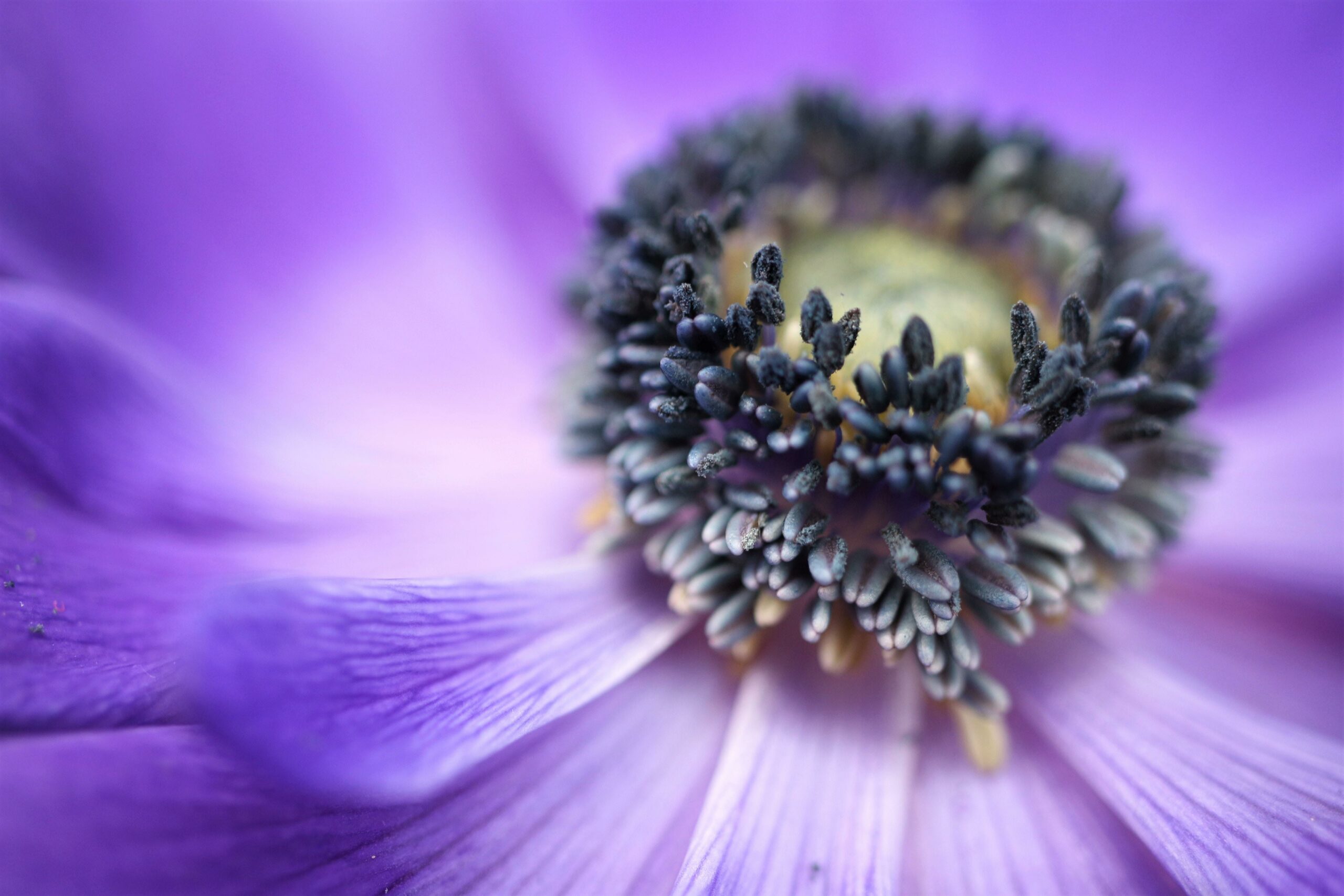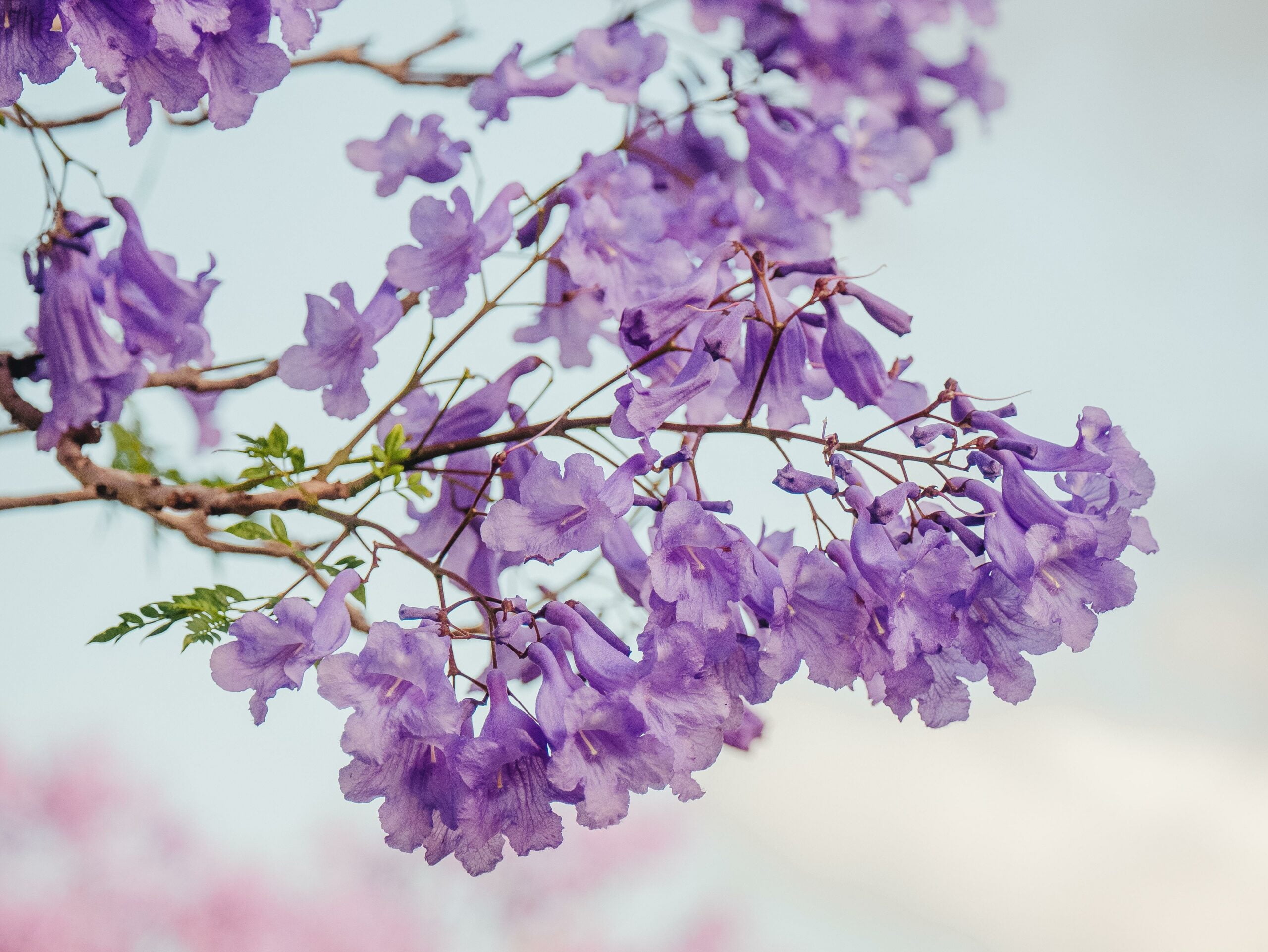In the vast kingdom of plants, few have captivated the attention and curiosity of botanists, historians, and textile designers quite like the indigo plant. This unassuming shrub, with its mesmerizing blue hues, holds a world of secrets and possibilities within its leaves. From its cultural significance to its sustainable applications, the indigo plant has unfurled a tapestry of uses that transcend boundaries and disciplines. In this article, we delve into the multifaceted world of the indigo plant, exploring its diverse uses and shedding light on its incredible potential as a renewable resource. Join us on this journey as we unravel the mysteries of this extraordinary plant and discover the versatile wonders it beholds.

The Many Versatile Uses of the Indigo Plant
Indigo, an extraordinary plant with a rich history and a multitude of applications. From its vibrant dyeing properties to its traditional medicinal uses, the indigo plant has captured the attention and curiosity of researchers, textile designers, herbalists, and historians alike. In this article, we will dive deep into the uses of the indigo plant and discover the wonders it holds.
Exploring Indigo’s Dyeing Capabilities
Indigo’s vibrant hues have been prized for centuries, making it a sought-after dye for textiles and fabrics. The indigo plant possesses a natural pigment that, when extracted and combined with various techniques, can create stunning shades of blue. This traditional dyeing process has been employed in textile production across the globe, especially in countries like India and Japan. The uses of indigo plant in the world of fashion extend beyond aesthetics; it also presents a sustainable alternative to synthetic dyes, promoting eco-conscious practices and reducing the environmental footprint of the textile industry.
“The indigo plant’s dyeing capabilities span cultures and time, leaving a lasting mark of beauty on fabrics.”
Discovering Indigo’s Medicinal Properties
Beyond its captivating dyeing capabilities, the indigo plant holds a treasure trove of medicinal properties. Across different cultures, the indigo plant has been revered for its potential in addressing various health conditions. In the realm of traditional medicine, uses of indigo plant include treating asthma, kidney diseases, gonorrhea, coughs, and bronchitis. The plant’s ointment has been known to relieve soreness and colic, while indigo powder derived from the herb can alleviate itching in eczema and other skin conditions. Homeopathy has also embraced the indigo plant under the name of the remedy Baptisia tinctoria.
“Indigo’s medicinal properties have stood the test of time, offering relief and healing across a range of health conditions.”
Exploring Indigo’s Cultural Significance
Indigo has played a profound role in cultures across the world. For instance, the Chinese harnessed the plant’s powers to purify the liver, fight inflammation and fever, and alleviate pain. However, it is crucial to note that certain species of indigo plants, such as creeping indigo, can be toxic. When it comes to medicinal purposes, True Indigo (also known as Indigofera tinctoria) is the most commonly used species. This particular variety is revered for its ability to detoxify the blood, reduce inflammation, relieve pain, and lower fever. Other notable species include I. amblyantha, I. decora, I. heterantha, and I. kirilowii.
“The cultural significance of indigo plant intertwines with traditions, folklore, and the exploration of its diverse properties.”
Looking to the Future: Indigo as a Renewable Resource
As we navigate the challenges of sustainability, the indigo plant emerges as a potential game-changer. Its versatile applications extend beyond textiles and medicine, presenting opportunities for sustainable innovation in various industries. Exploring the uses of indigo plant beyond traditional realms, researchers and enthusiasts are investigating its potential as a renewable resource for diverse sectors. Could indigo pave the way for eco-friendly solutions in agriculture, biofuels, or even cosmetics? The possibilities of utilizing this extraordinary plant are vast and full of promise.
“Indigo’s versatility extends far beyond its current applications, signaling a bright and sustainable future.”
For a more in-depth exploration of the uses of indigo plant, check out reputable websites like planetayurveda.com, drugs.com, or gardeningknowhow.com. These platforms provide valuable insights into the history, cultural significance, and diverse applications of this remarkable plant.
In conclusion, the indigo plant’s rich tapestry of uses paints a picture of a sustainable, culturally significant, and multifaceted resource. With its dyeing capabilities, medicinal properties, and potential as a renewable resource, the indigo plant continues to capture the imagination of researchers, artisans, and enthusiasts worldwide. Let us embark on this journey of discovery and unlock the wonders of the indigo plant together.
Indigo plant, a fascinating and vibrant source of natural dye, has a rich history and numerous interesting facts associated with it. Delve into the world of indigo and discover the secrets of this awe-inspiring plant. Unravel the mysteries and learn more about the facts surrounding the indigo plant by clicking here: facts about indigo plant. Embark on this colorful journey and immerse yourself in the captivating story of indigo.
FAQ
Question 1
What are the traditional medicinal applications of the indigo plant?
Answer 1
The indigo plant has been used for centuries in traditional medicine. It can be used to treat asthma, kidney diseases, gonorrhea, cough, bronchitis, soreness, colic, itching in eczema and other skin conditions. It is also used in homeopathy under the name Baptisia tinctoria.
Question 2
What are the cultural significances of the indigo plant?
Answer 2
The indigo plant holds great cultural significance in various societies. In Chinese medicine, it has been used to purify the liver, reduce inflammation and fever, and alleviate pain. Indigo plants were also once an important source of indigo dye and played a significant role in the textile industry in India and other parts of the world.
Question 3
What is the main species of indigo plant used for medicinal purposes?
Answer 3
The most commonly used species of indigo plant for medicinal purposes is Indigofera tinctoria, also known as true indigo. It is known for its abilities to detoxify the blood, reduce inflammation, alleviate pain, and reduce fever. Other species of indigo plants include I. amblyantha, I. decora, I. heterantha, and I. kirilowii.
Question 4
What are some sustainable applications of the indigo plant?
Answer 4
The indigo plant has the potential for sustainable applications beyond textiles. Its natural dye properties make it a great alternative to synthetic dyes in the fashion industry, promoting eco-friendly and sustainable fashion practices. Additionally, the indigo plant can be explored as a renewable resource for other industries due to its various beneficial properties.
Question 5
Where can I find more information about indigo plants and their uses?
Answer 5
For more information about indigo plants and their uses, you can refer to websites such as planetayurveda.com, drugs.com, and gardeningknowhow.com, among others.
“`json
“`
- Unlocking It’s Greek to Me: A History and Meaning - March 28, 2025
- Ancient Greece Clothing Styles: A Complete History - March 28, 2025
- Unlock the US physical map: Comprehensive guide - March 28, 2025
















